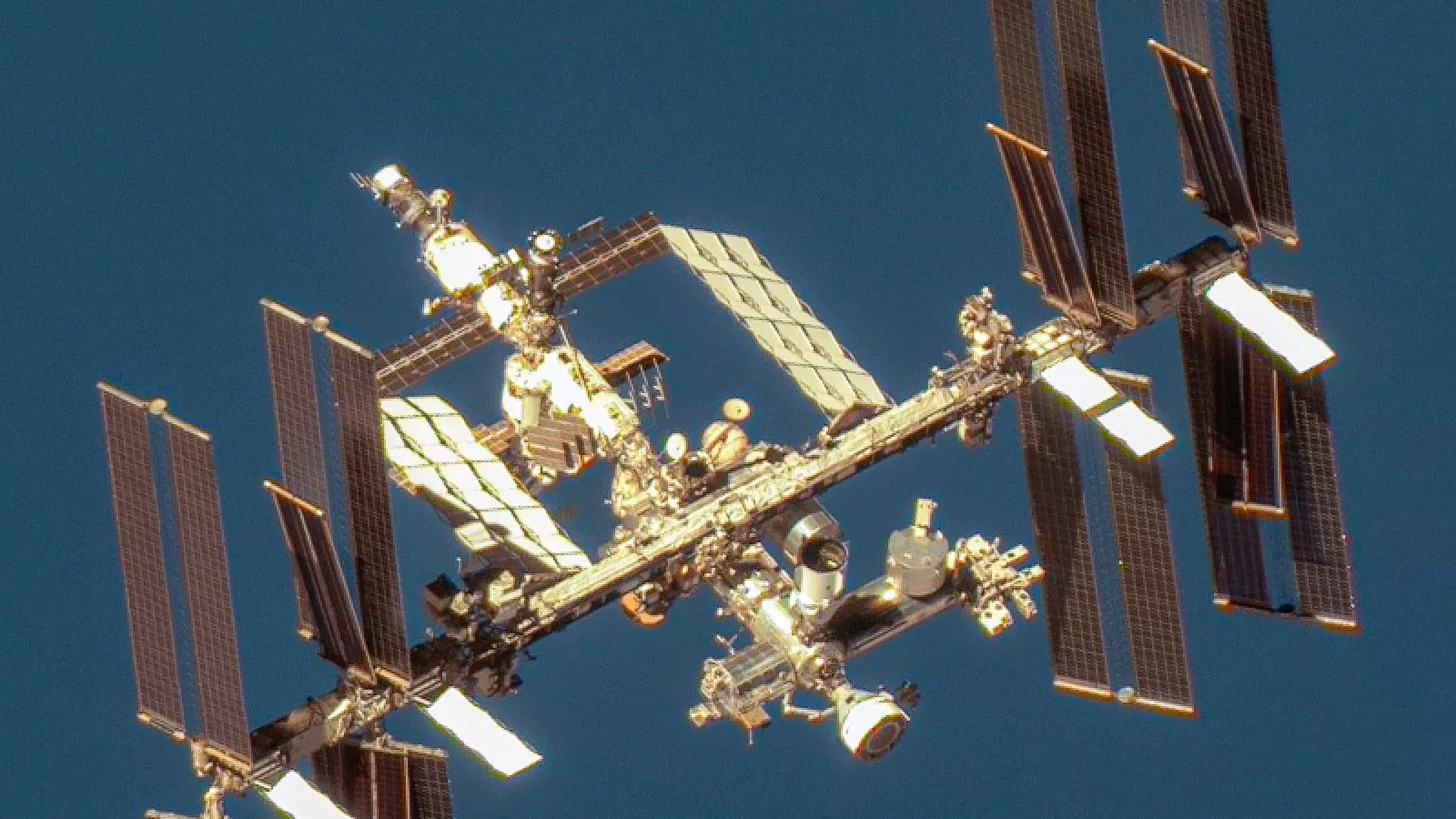Boeing’s Starliner capsule, named “Calypso,” is set to remain at the International Space Station (ISS) for a longer duration than originally planned. Initially intended for a nine-day mission, the Starliner crew flight test is now expected to last at least 17 days, doubling the original timeline. This extended stay will allow for further spacecraft testing, including various tests being conducted while the capsule is docked with the ISS.
During its stay at the ISS, Boeing and NASA are performing a series of tests on the Starliner capsule, including operating the capsule’s hatch, firing seven of its thrusters, and checking the cabin air temperature. These tests are crucial in finalizing departure planning and operations for the spacecraft. NASA also mentioned that Starliner would be conducting some ‘safe haven’ testing, without providing further details on the necessity of this testing.
Despite the successful launch and docking with the ISS, the Starliner mission has encountered several challenges. Prior to launch, a single leak in Calypso’s helium propulsion system was identified, which was deemed stable and not a safety threat. However, since docking, the spacecraft has experienced four additional helium leaks. Additionally, an issue with the spacecraft’s propulsion system, specifically five malfunctioning thrusters out of 28, was also reported. Boeing was able to recover four of the malfunctioning jets after troubleshooting.
Future Testing and Certification
In preparation for the spacecraft’s departure from the ISS, NASA plans to perform hot fire testing on seven of the eight thrusters near the spacecraft’s tail. These brief bursts of the thrusters will help evaluate their performance before undocking. The crew flight test is a significant step towards NASA certifying Boeing for operational, six-month missions with crew on board. This mission is crucial for Boeing to prove its capabilities and readiness to fly crewed missions in the future.
Comparison with SpaceX’s Dragon
Boeing’s Starliner was once considered a competitor to SpaceX’s Dragon, which has made numerous successful crewed trips to the ISS. However, with the setbacks and delays faced by Starliner, it has been positioned as a backup for NASA. The agency plans to continue alternating flights between SpaceX and Boeing for transporting astronauts to the ISS.
The extended stay of Boeing’s Starliner capsule “Calypso” at the ISS presents an opportunity for further spacecraft testing and operations. Despite the challenges faced during the mission, NASA and Boeing are working to address and overcome these issues to ensure a successful return to Earth. The crew flight test marks a crucial step in Boeing’s journey towards achieving certification for operational crewed missions in space.

Leave a Reply